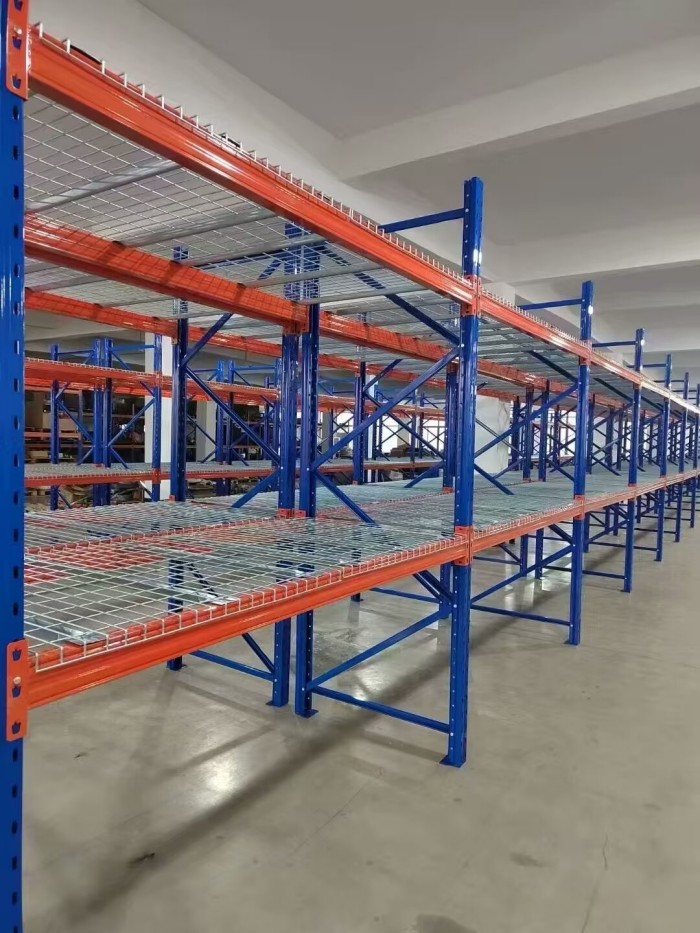
In the ever-evolving world of engineering and construction, the choice between steel and composite materials has become a pivotal decision. Both steel and composites possess unique properties that make them suitable for various applications. This article aims to delve into the depths of these materials, comparing their strengths, weaknesses, and exploring which one holds the key to a sustainable and efficient future.
- Understanding Steel:
Steel, a traditional material with a rich history, has been the backbone of many industries for centuries. Its exceptional strength, durability, and versatility have made it a preferred choice in construction, automotive, and manufacturing sectors. However, steel does have its limitations. It is susceptible to corrosion, which can compromise its structural integrity over time. Additionally, steel is heavy, making transportation and installation more challenging. - Unveiling Composite Materials:
Composite materials, on the other hand, have emerged as a revolutionary alternative to steel. Composites are engineered by combining two or more materials, typically a matrix and reinforcement, to create a material with enhanced properties. These materials offer exceptional strength-to-weight ratios, corrosion resistance, and design flexibility. Composites also exhibit excellent fatigue resistance, making them ideal for applications where durability is crucial. - Strength and Durability:
When it comes to strength, steel has long been the go-to material. Its high tensile strength allows for the construction of robust structures capable of withstanding heavy loads and extreme conditions. However, composites have made significant strides in recent years, offering comparable strength while being significantly lighter. This weight advantage translates into reduced transportation costs and improved energy efficiency. - Corrosion Resistance:
One of the primary concerns with steel is its susceptibility to corrosion. Over time, exposure to moisture and other environmental factors can lead to rust formation, compromising the structural integrity of steel components. In contrast, composites are inherently corrosion-resistant, eliminating the need for additional protective coatings. This advantage not only extends the lifespan of composite structures but also reduces maintenance costs. - Design Flexibility:
Steel's malleability and ductility have allowed architects and engineers to create iconic structures with intricate designs. However, composites offer even greater design flexibility. With the ability to be molded into complex shapes and integrated with other materials, composites enable the realization of innovative and lightweight structures that push the boundaries of traditional construction. - Environmental Impact:
In an era focused on sustainability, the environmental impact of materials cannot be overlooked. Steel production is energy-intensive and generates substantial carbon emissions. Conversely, composites can be manufactured using eco-friendly processes, and their lightweight nature contributes to reduced energy consumption during transportation. Furthermore, composites can be recycled, minimizing waste and promoting a circular economy.
Conclusion:
In the battle between steel and composites, both materials have their merits. Steel remains a reliable choice for applications requiring high strength and durability. However, composites offer a compelling alternative, with their superior corrosion resistance, design flexibility, and potential for reduced environmental impact. As technology advances and composite materials continue to evolve, it is evident that they hold immense potential to shape the future of various industries, paving the way for sustainable and efficient solutions.







